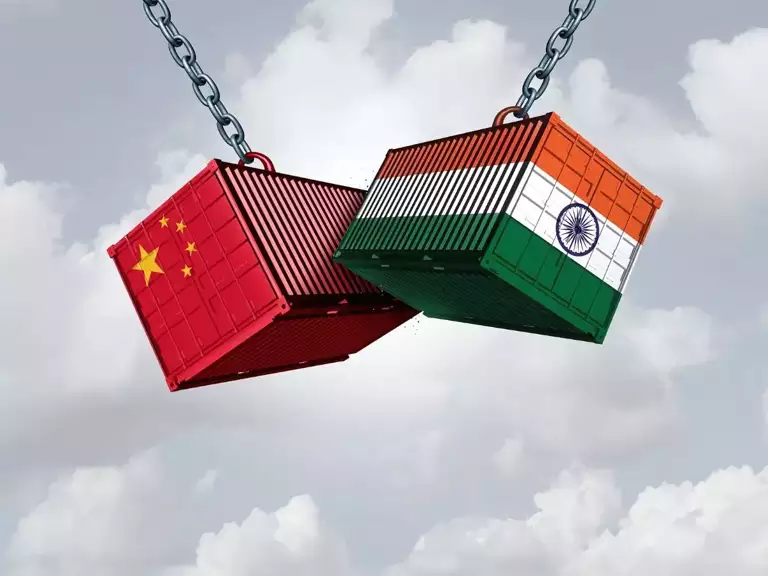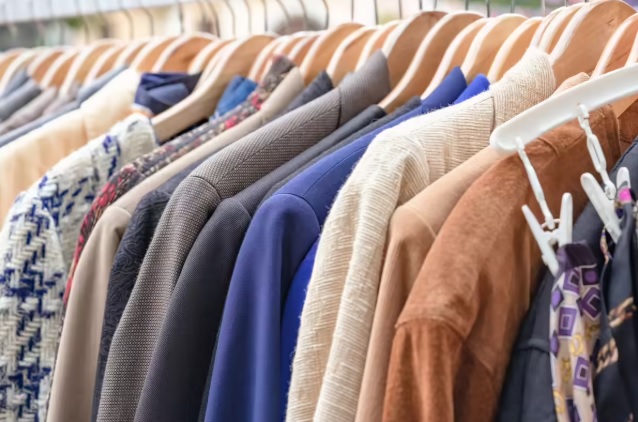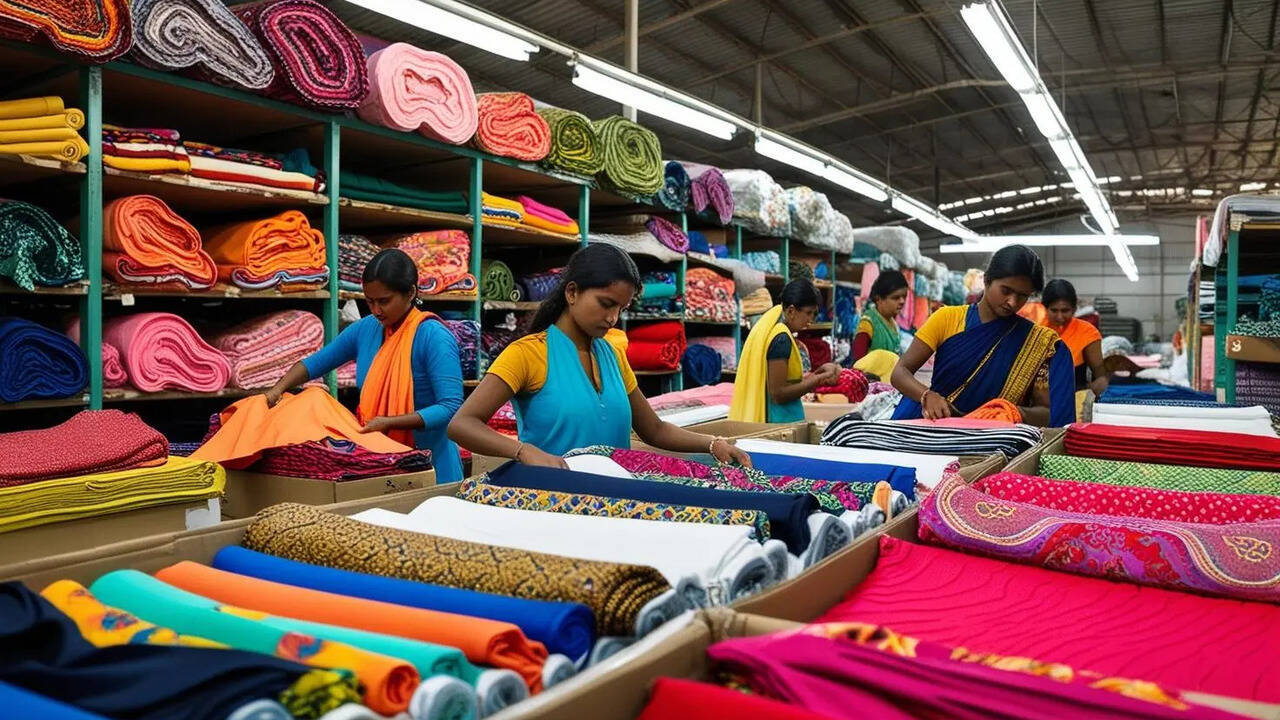FW
Brands and buyers in the EU want to make sure that workers in the readymade garment sector of Bangladesh are paid reasonable wages. Brands that buy from manufacturers in Bangladesh want to ensure they are buying from reputable factories and manufacturers, and consumers want to be confident that the products are made in good condition in terms of workplace safety.
Meanwhile, Bangladesh too wants to send out an emphatic message that remediation plans are in place after the series of workplace accidents and that the most dangerous factories are now closed. Europe is following the progress in the readymade garment sector, which it recognises as an immensely important industry for both Bangladesh and the EU. A team from EU has also asked Bangladesh about what has been done on labor rights in the export processing zones.
The European Union has been a very strong supporter of necessary changes in the readymade sector. Its desire is to play a part in making sure that a fair price is paid. The EU is Bangladesh’s main trading partner, accounting for around 12 per cent of Bangladesh’s total trade. EU imports from Bangladesh are dominated by clothing, accounting for around 90 per cent of the EU’s total imports from Bangladesh.
Weak demand from mills in Pakistan pushed cotton prices down by about three per cent over the week. Prices also declined due to poor export demand. Cotton exports in December were good but reversed in January, giving back the fiber to domestic mills. Prices are expected to decline further in the coming weeks.
Cotton was ruling at Rs 33,200 to Rs 33,500 per candy as against Rs 34,500 a week ago. Kapas prices too fell six per cent during the week. International cotton futures also tumbled to a one-year low due to sluggish demand that had an adverse impact on domestic demand and thus prices declined. Furthermore, mills were seen buying only as per their needs which will pressurise cotton prices more in coming days.
Cotton markets in India continued to reel under demand pressure. In India, cotton production is pegged at around 33 million bales for the October 2015-September 2016 crop as against 38 million bales last year. India is likely to harvest 35.2 million bales in the 2015-16 season, down 3.6 per cent from its previous estimate.
In New York, cotton for March delivery dropped 2.3 per cent, the weakest level for a spot contract since January last year. Expectations of weak demand in China led to the downfall in global markets.
Woolmark is connecting with its partners across the manufacturing, merchandising and fashion industries. Woolmark licensees include Shingora, SM Textiles, Ambassador Shawls and Apollo Shawls. These licensees are driving the sales growth of shawls and stoles across India. Shingora has been associated with Woolmark since 1990.
Leading fashion designer Nachiket Barve displayed an exclusive collection of stylish Australian merino wool shawls and stoles at a fashion show. Shawls and stoles are seen as utilitarian garments but the collaboration with Nachiket Barve has showed they can also be used as a fashion accessory. Barve has fashioned statement pieces out of the wool shawls and stoles sourced from the licensees.
The Woolmark brand is the best-known textile quality brand and wool content label in the world. Its purpose is to act as an independent quality assurance of every wool product it adorns.
Woolmark works with textile and fashion industries at every level, developing better wool textiles and driving consumer demand. The Woolmark logo has adorned wool products for 50 years, showcasing the extraordinary versatility and innate luxury of wool. The logo was established in 1964.
Delhi-based designer Suket Dhir won the international Woolmark prize for menswear this year. His collection explored the trans-seasonal aspects of wool and the alchemic transformation of the fibrous wool into smooth, silk-like yarn, which renders the fabric light, airy, fluid and yet full and supple.
www.woolmark.com/
Synthetic & Rayon Textiles Export Promotion Council (SRTEPC), Association of Synthetic Fibre Industries (ASFI) and Association of Manmade Fibre Industries (AMFI) have urged the government for a reduction in excise duty on manmade fibers. They feel India's exports of manmade fiber textiles can increase to 10 billion dollars from the present six billion dollars if the excise duty on man-made fibers is reduced.
Even though Indian manmade textile products are preferred in international markets, these remain non-competitive owing to the high burden of excise duty. Vietnam exports $27 billion worth of textiles, which are largely produced from manmade fibers. Despite having two of the world’s largest producers of manmade fibers, India’s exports of sportswear and leisure wear are not even five per cent of Vietnam’s.
Further, some countries have got preferential access to export markets like the EU and the US. Besides discriminatory excise duties on manmade fibers, Indian manmade textiles are subjected to trade barriers in markets like China, Turkey and Canada.
Meanwhile India has made changes in duty drawback rates. New entries in the drawback schedule have been created for cotton yarns mixed with manmade fiber, both grey and dyed. The drawback caps in the case of certain manmade fabrics have been increased. Steps have been taken to implement the three per cent interest equalisation scheme smoothly
US apparel executives in Los Angeles believe China will still be the first choice sourcing destination over the next two years, but they expect the country’s lead to narrow. Among the countries apparel and textile producers will source from in 2016 and 2017, China leads the field (37 per cent), followed by Vietnam (15 per cent) and India. Beyond 2017, executives see China’s lead shrinking but remaining dominant.
A study ‘Los Angeles Fashion Industry Profile’ by the CIT Group, which surveyed more than 50 LA apparel executives from a mix of manufacturers and licensors asked what they see as the most innovative technology for the future of the apparel industry, 54 per cent of the executives say social media, nearly one in four (24 per cent) say integrated systems between manufacturers and retailers, and 13 per cent say either 3D fitting or 3D printing. And more than half say the internet represents the biggest growth opportunity for Los Angeles apparel companies.
When asked which factors would negatively impact their businesses in 2016 and 2017, 47 per cent of executives say the cost of doing business and 43 per cent say retail consolidation. It’s savvy use of social media and state-of-the-art manufacturing platform have positioned the Los Angeles region as a leading global fashion epicenter. Los Angeles companies are capturing around 18 billion dollars in revenues through its fashion industry.
Bangladesh’s Members of the Parliament (MP) from both treasury and opposition benches have expressed their firm hope that the country would achieve the second largest economic growth within 2019 because of the tremendous development carried out continuously in all sectors. They said the living standard of Bangladesh has already risen up, giving a clear indication that the country is becoming a developed one.
Lawmakers of the 10th Jatiya Sansad (parliament) were proud to say that Bangladesh's average per capita income is $1,316 at present ($547 previously) and the poverty rate has come down to 7 per cent (24 per cent previously). The MPs made these observations while they were taking part in a discussion on President Md Abdul Hamid's speech given on January 20 on the first day of the 9th session of the 10th parliament. They said the President highlighted different positive aspects in social, political and economic sectors that set Bangladesh in motion on the wheels of a faster growth.
According to the lawmakers, the present government is relentlessly working towards advancing the national economy in a faster pace by speeding up development in all sectors. The country had already achieved success in the health, electricity, education, agriculture, food, communications, science and technology, industries, women and children sectors. The law makers said, Bangladesh has become a digital country within the shortest possible time due to the farsightedness of Sajeeb Wazed Joy, son of Prime Minister Sheik Hasina and the adviser of ICT affairs to the Prime Minister.
The theme of the recently concluded China Textile Round-Table Conference 2016 was on ‘Textile supply-side reform and adjustment under '13th Five-Year Plan.’ This year too Oerlikon Manmade Fibers were the sponsor much like the last 11 years. China Textile Round-Table Forum is a major industry economic forum hosted by China National Textile and Apparel Council. Experts present at the round-table believed that supply-side reform is of vital importance for the sustainable development of China's economy, and also serves an unprecedented opportunity for the development of textile industry.
Chen Zhongwei, General Manager of Hengyuanxiang Group, expressed his views on the textile ‘Brand Improvement’ strategy and solution from the perspective of enterprise at the meeting. Reinhard Muehlenmeister, Vice President of Software Solutions of the Oerlikon Manmade Fibers segment, delivered the keynote speech on Industrie 4.0 Solution of Chemical Fiber Production, which received high attention from participants.
Held in Beijing the conference saw about 300 representatives from government agencies, China National Textile and Apparel Council (CNTAC) and other industry associations, experts and scholars, entrepreneurs from home and abroad, research institutes and media attended this annual conference. Georg Stausberg, CEO of Oerlikon Manmade Fibers segment, also attended the forum and made in-depth communication and exchange with industry leaders and experts over issues of industry situation and development.
Nitin Spinners recorded a mixed quarter where their total income was up 19 per cent at Rs 190.5 crores versus Rs 160 crores in the same quarter last fiscal. But other income was lower at Rs 0.02 crores compared to Rs 1.18 crores YoY. Finance costs too were up 55 per cent at Rs 8.7 crore versus Rs 5.6 crore YoY. The margins for the quarter were at 18.5 per cent.
The company’s managing director Dinesh Nolkha is confident of a 26-27 per cent topline for FY16 and maintaining EBITDA margins around 18.5 per cent. For FY17, the company has plans to increase capacities which would come on stream by year-end, according to Nolkha. The company’s exports too are doing well and are expected to do better going forward.
Nitin Spinners manufactures cotton yarn and also has fabric manufacturing for knits. Their 80 per cent of the revenues is generated from yarn and 20 per cent from knits. Its 65 per cent of revenues are from exports.
Garment makers in Bangladesh want to set up a warehouse in West Bengal. If the proposal goes ahead exporters from Bangladesh are also interested in setting up a garment park alongside.
The warehouse will help garment manufacturers in Bangladesh supply apparels directly to retail shops across India. Although India provided duty-free and quota-free market access for all Bangladeshi goods, except 25 alcoholic and drug items in 2012, it levied a 12.5 per cent countervailing duty the following year, which hampered garment exports.
Bangladesh exported garment items worth $104.25 million to India in fiscal 2014-15, up 8.3 per cent year-on-year. The country's overall exports to India were worth $456.63 million in fiscal 2013-14, compared to $563.97 million a year earlier. Bangladesh’s imports from India were at $6.03 billion in fiscal 2013-14 and $4.78 billion a year earlier.
India is a very big market for Bangladeshi apparels, as its annual retail market size is set to cross the $40 billion dollar mark thanks to its growing middle class. Bangladesh seeks to boost its annual garment exports to the Indian market to a billion dollars in three years from the present $100 million.
As per a India Ratings and Research (Ind-Ra) report, domestic cotton prices to remain under pressure in 2016-17 due to continuation of Chinese direct subsidy-based policy and lower demand from spinning mills. Though Bangladesh, Pakistan and Vietnam have replaced China with India as a supplier, volumes are picking up at a slow pace, and are unlikely to match Chinese demand. During April-December 2015 India produced 28.5 million bales as against 29.5 million bales in FY15 and 31 million bales in FY14 against which exports have been 5.3 million bales (4.2 million bales in FY15 and 9.3 million bales in FY 14).
In CY17 (International Cotton Year, which commences from August and ends in July), the ratings agency expects cotton prices to stay firm. Domestic prices had declined in CY16 in line with Ind-Ra's expectations and are expected to remain under pressure in CY17 as well. According to the rating agency, the international cotton prices, however, will remain sensitive to the release of cotton by China from its cotton reserves, which Ind-Ra estimates to be around 59 per cent of global cotton stock at FY16.
Chinese cotton reserves will directly impact the quantum of imports in that country and consequently, global stock levels outside China, the report added. The cotton industry is likely to revive moderately in CY17 as exports to Vietnam, Pakistan, and Bangladesh grow. Vietnam is likely to increase its spindles capacity by 30 per cent in FY17.
The local cotton production in Pakistan and Bangladesh is unable to keep pace with the increasing demand for apparels from these locations, providing opportunities to Indian exporters.












